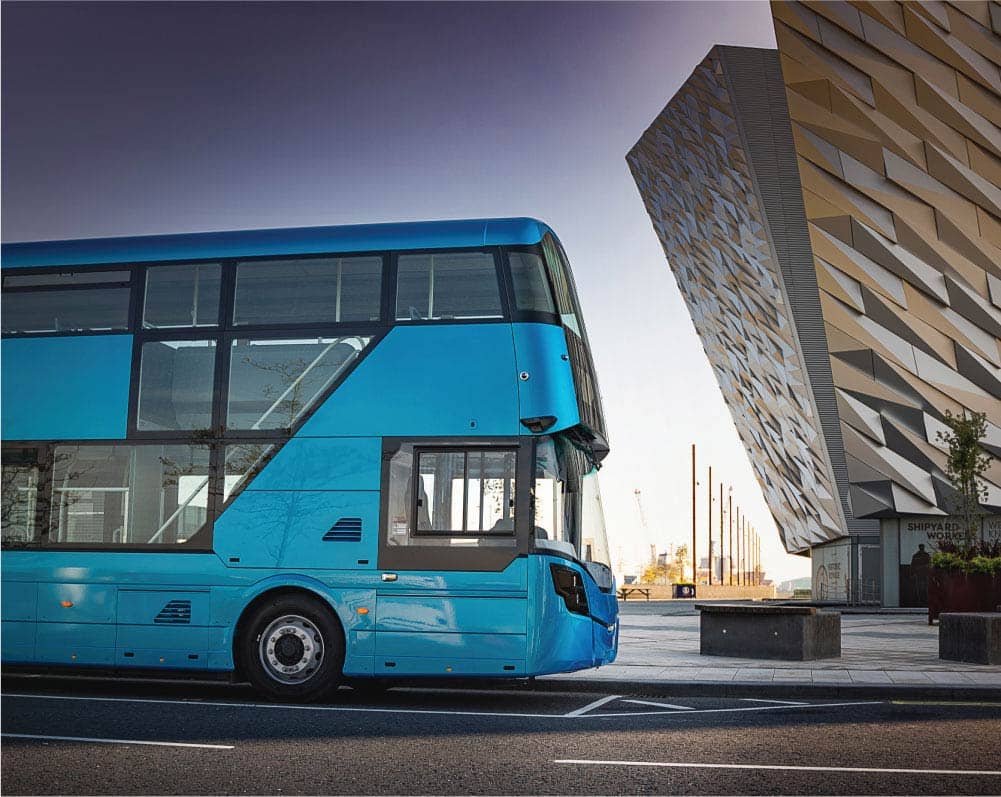According to the International Energy Agency (IEA), hydrogen and hydrogen-based fuels have the potential to prevent around 60 gigatonnes of CO2 emissions by 2050.
This amounts to a significant percentage of total cumulative emissions reductions.
Within the rapidly evolving hydrogen industry there are few greater heroes than the ‘fuel cell’.
In fact, fuel cells have a wider range of applications compared to any other existing power source.
Major players in the fuel-cell market include Proton Motor Fuel Cell GmbH, AFC Energy PLC., Fuel Cell Energy Inc., Ballard Power Systems, SFC Energy, Pragma Industries, Cummins, Horizon Fuel Cell Technologies, Nuvera Fuel Cells LLC, Doosan Fuel Cell America, and Solidpower S.
We could go on…
Indeed, the global fuel cell market experienced a growth from $3.97 billion in 2022 to $5.16 billion in 2023, with a 30.1% compound annual growth rate.
This is despite the Russia-Ukraine war disrupting global economic recovery from the pandemic, leading to economic sanctions, increased commodity prices, supply chain disruptions, and inflation affected markets worldwide.
Regardless of all this, the fuel cell market is projected to reach $13.61 billion in 2027, with a CAGR of 27.4%
And yet, the majority of people do not even know what fuel cells are, let alone some of the many things they do.
So for those secretly blushing about not really knowing, please allow us here at Ryze Hydrogen to try and explain.
Fuel cells are electrochemical devices that generate electricity and heat by combining fuel, typically hydrogen, and oxygen.
Unlike traditional engines, fuel cells achieve this without combustion, resulting in cleaner and more efficient energy production.

According to the International Energy Agency (IEA), hydrogen and hydrogen-based fuels have the potential to prevent around 60 gigatonnes of CO2 emissions by 2050.
Similar to a battery, a fuel cell produces electricity through an electrochemical reaction. Both fuel cells and batteries convert chemical potential energy into electrical energy while also generating heat energy as a by-product of the process.
In contrast, while a battery stores a finite amount of energy within it and needs to be either discarded or recharged using external electricity to reverse the electrochemical reaction, a fuel cell can continuously generate electricity as long as it is supplied with hydrogen and oxygen.
Various types of fuel cells exist, but they share a common design. A fuel cell unit comprises a stack composed of multiple individual cells. Each cell within the stack features two electrodes, namely the cathode (positive electrode) and the anode (negative electrode).
Now stay with us while we get a tiny bit geeky…
Electricity-generating reactions occur at the electrodes. Additionally, every fuel cell incorporates either a solid or liquid electrolyte that facilitates the movement of ions between the electrodes, and a catalyst is present to expedite these reactions.
The electrolyte plays a crucial role by selectively allowing specific ions to pass between the electrodes. It is essential to prevent the passage of free electrons or other substances through the electrolyte, as they can interfere with the chemical reaction and reduce the efficiency of the fuel cell.
Fuel cells are typically categorised based on the type of electrolyte they use. Each type possesses distinct operational characteristics, which in turn makes them advantageous for specific applications. It is precisely this versatility that makes fuel cells such a highly adaptable technology.
Consequently, they can be utilised in various settings, ranging from kids’ toys to large-scale power plants, from vehicles to portable chargers, and from household electricity generation to military applications.
In the transportation sector, fuel cell electric vehicles (FCEVs) are rapidly taking decarbonisation centre stage. These vehicles use hydrogen as fuel and offer several advantages over traditional combustion engines, including longer driving ranges and shorter refuelling times – just the same in fact as a diesel equivalent.
So now you see that switching to hydrogen from the fossil fuel vehicles most of us still use requires no change in behaviour for us humans – they fill up the same, they travel the same distance, they operate regardless of the temperature outside, and yet they emit zero carbon.
Hydrogen-powered buses are already in wide operation in cities across the UK, providing zero-carbon solutions for public transport. By adopting hydrogen fuel cells, the transportation sector can significantly reduce greenhouse gas emissions and improve air quality.

Hydrogen-powered buses, manufactured by leading ZE UK transport firm Wrightbus (pictured), are already in wide operation. By adopting hydrogen fuel cells, the transportation sector can significantly reduce greenhouse gas emissions and improve air quality.
Fuel cells are also valuable in power generation. Distributed power generation systems based on fuel cells allow for the local production of electricity, reducing transmission losses and enhancing energy resiliency. Fuel cells are commonly used as backup power systems for critical infrastructure, ensuring a reliable power supply during outages. These systems offer clean and efficient energy solutions that are particularly important for essential facilities such as hospitals, data centres, and emergency services, reducing the environmental impact of these energy-intensive facilities.
In the industrial and commercial sectors, hydrogen fuel cells find applications in material handling equipment, such as forklifts and warehouse machinery. A great example of this being the hydrogen forklifts used across all of Amazon’s global array of vast distribution centres. These fuel cell-powered machines provide emission-free operations, contributing to a cleaner and healthier working environment.
Fuel cells can replace conventional power sources in industrial processes including steel manufacturing, chemical manufacturing, pharmaceutical and biotechnology, waste treatment and recycling, and the pulp and paper industry, leading to lower emissions and increased energy efficiency for all of them.
Additionally, fuel cells can be employed for residential power generation and heating, providing clean and reliable energy for homes and reducing dependence on traditional grid systems.
Fuel cells also offer solutions for energy storage and grid support. Hydrogen produced by fuel cells can store excess renewable energy, enabling better integration of intermittent renewable sources. This stored hydrogen can be converted back into electricity when demand exceeds supply.
Furthermore, hydrogen fuel cells have military and defense applications. They offer portable and efficient power solutions for military operations and equipment, providing reliable energy in challenging environments. Fuel cells are particularly useful for powering remote military installations, ensuring operational capabilities in locations with limited infrastructure.
For years, the space industry has utilised hydrogen fuel cells to power auxiliary electric systems onboard spacecraft. Now, this technology is inspiring aeronautical engineers to explore innovative methods for powering electrical systems on future aircraft. The success and reliability of hydrogen fuel cells in space have sparked interest in their application within the aviation industry, as they offer a promising solution for efficient and sustainable power generation onboard aircraft.

For years, the space industry has utilised hydrogen fuel cells to power auxiliary electric systems onboard spacecraft. Now, this technology is inspiring aeronautical engineers to explore innovative methods for powering electrical systems on future aircraft.
Although the technology is relatively new in aviation, partnerships such as the strategic alliance between Airbus and ElringKlinger are vital for unlocking its full potential in the future. These collaborations are driving the maturation of hydrogen fuel cell technology, and pave the way for its widespread adoption in the aviation industry.
“Battery-powered propulsion to fuel larger aircraft over longer distances is not possible with today’s technology,” explains Matthieu Thomas, ZEROe Aircraft Lead Architect. “Hydrogen fuel cells could be a great alternative because they can generate—with zero emissions—significantly more power and energy for a given weight. This makes fuel cells an extremely interesting technology to achieve our ambitions.”
So it really is the huge versatility of hydrogen fuel cells across so many different applications that make them such a crucial technology, for achieving sustainable and clean energy solutions in numerous sectors throughout our economies.
Elon Musk famously referred to them as ‘fool cells’; but that was some time ago, and perhaps we can all draw our own conclusions as to why a battery salesman might have said such a thing?
To learn more about Ryze Hydrogen, click here.






